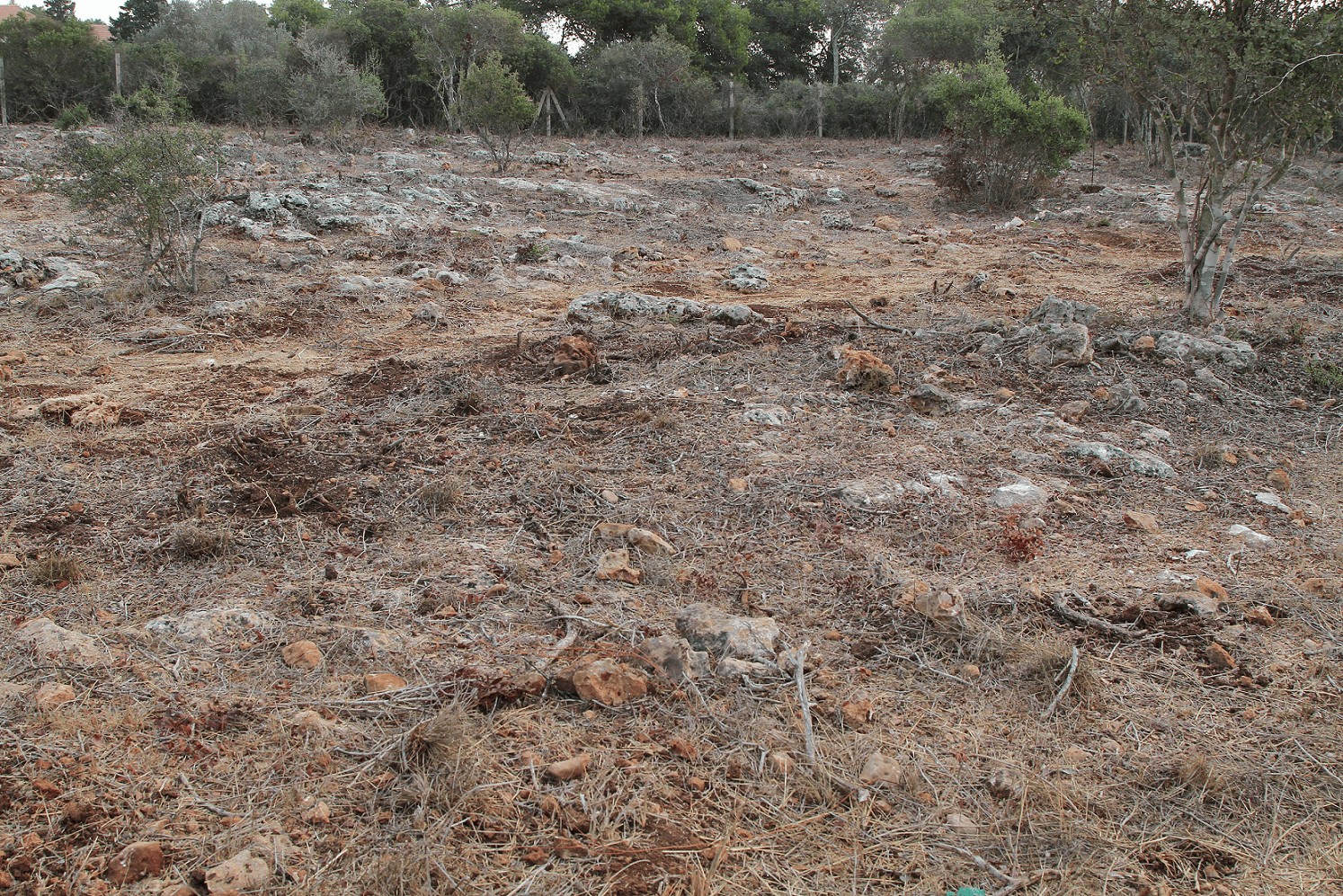A correlation was found between the nature of the area in terms of parent rock, regional physiographic structure, developing soil and the natural vegetation on one hand, and the land-use practised in this area, on the other.
This report presents a map of the geographic-topographic and landscape units of Ramat Hanadiv, as well as maps of the natural vegetation units and land-use categories. An analysis of these maps exemplifies the correlation mentioned above.
The principal factor determining soil development at Ramat Hanadiv is the parent rock: dolomite of the “Zichron formation”, volcanic marly tuff (“Shefeya formation”) and dolomite and limestone of the “Shune formation”, all of the Albian-Turonian Judea Group.
The eight soil units most common in the Ramat Hanadiv region were defined, mapped and described in this work. Each unit is described in the most detailed form, defined in the Israeli Soil Classification as “soil type”. The division of the area into soil units is based on morphological characteristics, diagnostic horizons, specific features, processes of soil evolution and correlation with parent material, physiography and environmental conditions.


